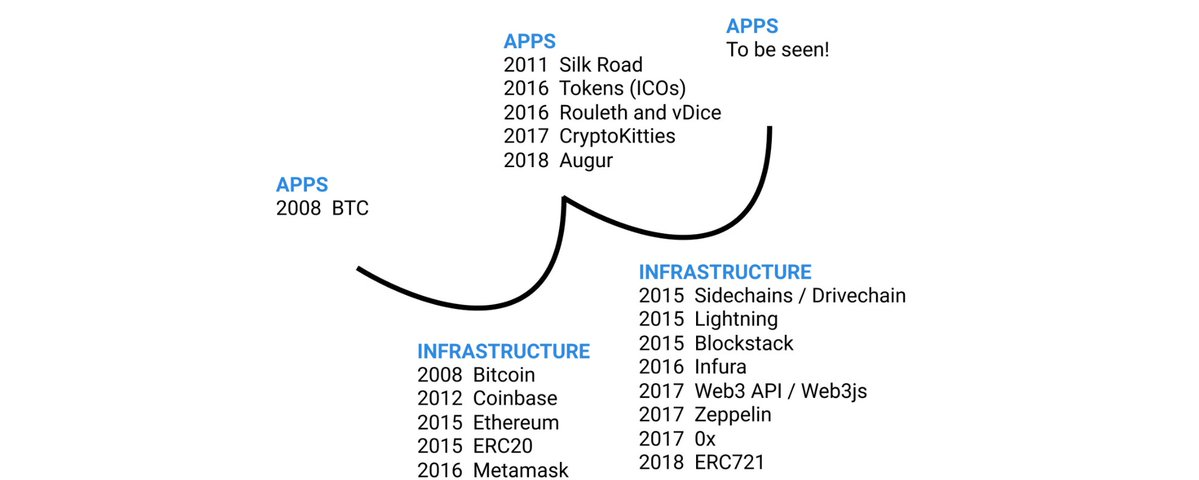L1 validators are providing additional services to earn extra income, and if they do not do so, they will need to continue doing so to maintain APY.
Author: taetaehoho
Compiled by: Deep Tide TechFlow

There are three main sources of income for blockchain (paid to stakers and sequencers):
Base fees - Set a non-dynamic base fee as the "transaction cost" for validators, covering bandwidth, storage, and computing resources.
Congestion fees - The blockchain defines the maximum block size based on the demand of its full nodes and internal mechanisms (such as committee consensus, signature aggregation, and propagation mechanisms). When block capacity reaches its limit, congestion fees are incurred. Dynamic base fees are essentially a manifestation of congestion fees and may exist in the form of direct rewards or destruction.
MEV (Miner Extractable Value) - Income obtained by selling my proposal rights to "reorderers," such as tips from Jito and MEV-Boost.
For all blockchains, many of these sources of income will gradually decrease over time.
Competition among high-throughput chains is fierce. The example of Solana shows that the costs for node operators can be offset by higher initial inflation and startup support, as long as high levels of usage can ultimately be achieved. The base fees across the industry are declining as various chains adopt a "loss-leading" strategy.
Decentralized applications (Dapps) that generate valuable states realize that their MEV income will flow to stakers and sequencers, so they are looking for ways to sort their own transactions and achieve profitability. This drives the demand and maturation of application chain infrastructure, as well as the development of ASS infrastructure. Although the costs of third-party integrations remain high, as mentioned by @AndreCronjeTech, these costs are gradually decreasing with the emergence of participants like @hyperlane and @RelayProtocol.
These incentive mechanisms apply to all blockchains. So how should we respond next?
In response, L2 (Layer 2 solutions) have expanded their product lines and are funneling the profits generated from these products into DAO (Decentralized Autonomous Organization), promising that future token holders will be responsible for capital allocation.
Rollup framework - Participating in the Optimism Collective means you need to funnel 15% of sequencer profits or 2.5% of revenue into the collective (DAO treasury).
Shared validity framework - Users either pay higher fees for cross-domain transactions or choose to join and bear B2B costs. It is currently unclear how to funnel these revenues back to the Protocol Owner's Equity (POL).
Shared sequencers - Create a third-party service that allows atomic-level interoperability between different domains. Charge a portion of the cross-domain surplus fees, funneling them into the DAO (no rollup teams have achieved this yet).
L1 validators are providing additional services to earn extra income, and if they do not do so, they will need to continue doing so to maintain the Annual Percentage Yield (APY).
Sequencing
Pre-confirmation
Sorting-based transactions
Gasless transaction sponsorship
Of course, validators have other functions in their network participation, such as validating blocks and propagating transactions.
So, what would a world look like where validators sell additional services?
If validators are unwilling to take on extra work (for example, they do not want to participate in block building), centralized intermediaries may emerge to perform these operations on behalf of validators (e.g., gateway pre-confirmation), or infrastructure may change to enable validators to easily provide these services (e.g., Eigenlayer's MEV-Boost++).
How will protocol/application valuations change?
As application chains and Application Chain Services (ASS) force blockchains to return value to decentralized applications (dapps), the surge of ASS-driven decentralized applications will also prompt these applications to return value to users.
As decentralized applications gain more sources of income and gradually mature, we will see more "registration bonuses/startup balances," "sponsored transactions," and customer acquisition costs (CAC) similar to Web2. This will drive a new wave of prosperity in application development in the crypto space.
It is currently unclear how this change will affect existing blockchains. We cannot determine if any L1 or L2 valuations are based on multiples of their income, and it is difficult to quantify and attribute to meme-ness and moneyness. L1 validators' income may decline—theoretically, access to the value of controversial states is infinite, while the value of other additional services remains unclear.
免责声明:本文章仅代表作者个人观点,不代表本平台的立场和观点。本文章仅供信息分享,不构成对任何人的任何投资建议。用户与作者之间的任何争议,与本平台无关。如网页中刊载的文章或图片涉及侵权,请提供相关的权利证明和身份证明发送邮件到support@aicoin.com,本平台相关工作人员将会进行核查。




